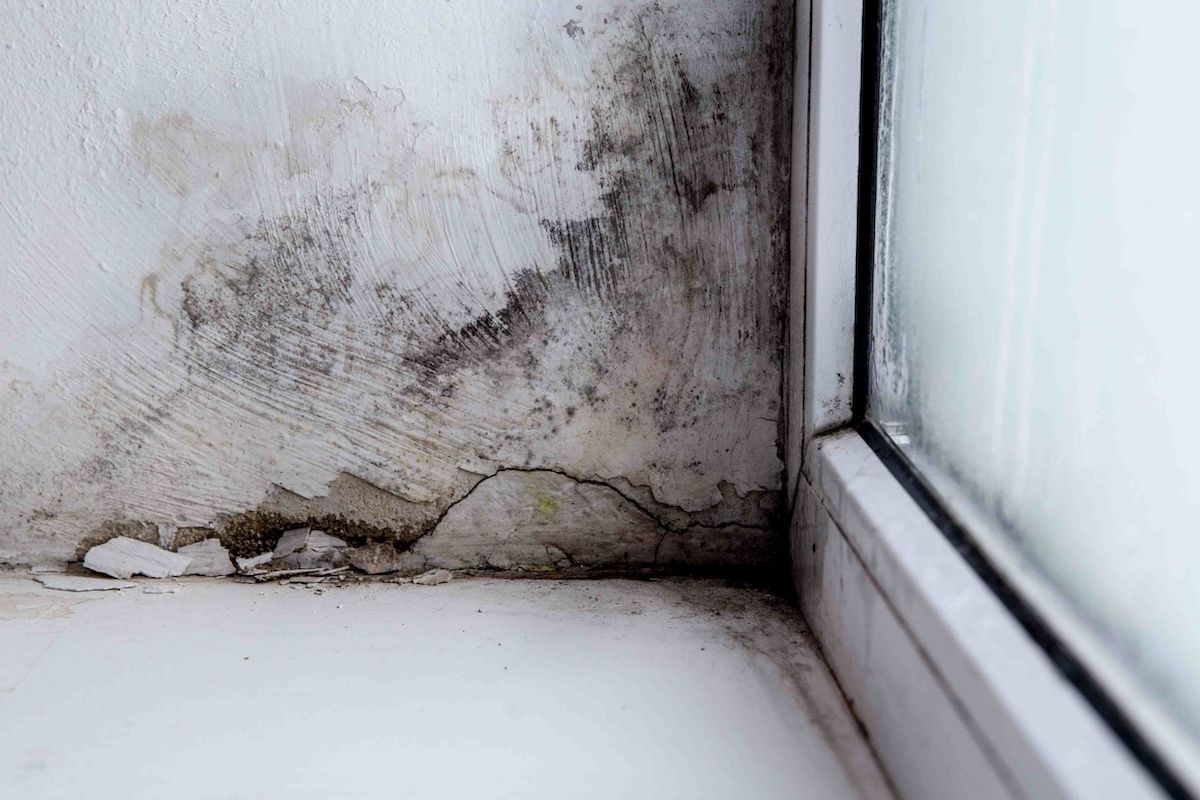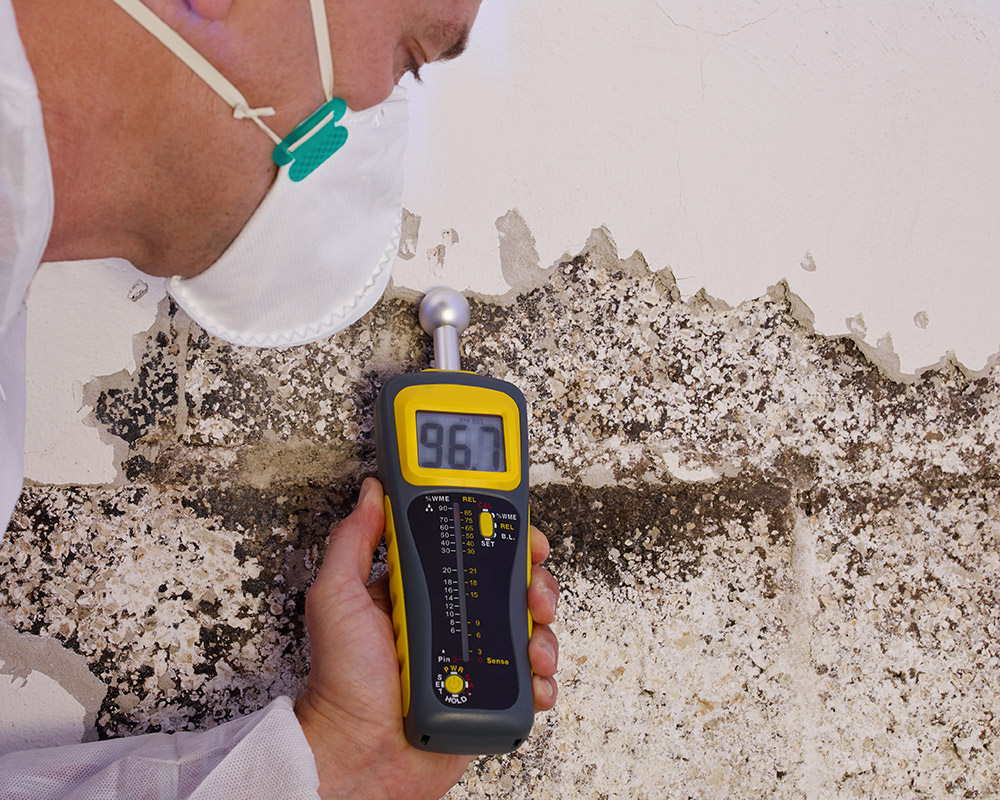Vital Steps After Mold Remediation
Wiki Article
Effective Article Mold And Mildew Removal Solutions for Your Home
Mold growth in homes can be a relentless problem, often requiring a methodical technique for efficient post-remediation services. From recognizing the variables that contribute to mold development to applying correct cleaning strategies and moisture control procedures, the procedure can be intricate yet vital for keeping a healthy and balanced living environment. Post Remediation Inspection near me.Understanding Mold And Mildew Growth Aspects
The key element adding to mold growth is moisture. Mold and mildew spores call for dampness to thrive and sprout, making moist or wet settings very susceptible to mold infestations.
Furthermore, air flow and light exposure can affect mold and mildew growth. Areas that do not have correct ventilation and all-natural light are more vulnerable to mold and mildew development. By resolving these variables thoroughly, individuals can successfully alleviate mold and mildew growth and protect their living atmospheres.
Appropriate Mold Cleaning Strategies
Making use of reliable cleansing techniques is essential in stopping the reoccurrence and dealing with of mold and mildew contamination in indoor settings. When taking care of mold, it is vital to focus on safety and security by putting on protective gear such as handwear covers, masks, and safety glasses. The initial step in appropriate mold cleansing is to include the affected location to protect against the spread of spores to uncontaminated locations. This can be accomplished by sealing the room and utilizing air scrubbers or unfavorable air equipments to preserve air high quality.
Implementing Dampness Control Actions
To efficiently stop mold and mildew growth and contamination in indoor environments, carrying out wetness control procedures is critical. Wetness is the main element that fuels mold advancement, making it essential to manage humidity degrees within the home. One efficient action is to use dehumidifiers to keep interior moisture degrees below 60%. In addition, guaranteeing appropriate air flow in locations prone to moisture accumulation, such as shower rooms and kitchen areas, can help in reducing the danger of mold development. Regularly examining and repairing any kind of leaks in pipes, roofing systems, or windows is also crucial in protecting against excess wetness accumulation. Utilizing exhaust followers while cooking or showering, and allowing air flow by keeping furnishings slightly far from walls can aid in moisture control. Making use of moisture-resistant materials in high-humidity locations, such as mold-resistant drywall and paints, can be valuable. By diligently implementing these dampness control actions, homeowners can effectively decrease the likelihood of mold and mildew recontamination and preserve a healthy indoor setting.Utilizing All-natural Removal Solutions
After efficiently implementing moisture control steps to stop mold and mildew growth in indoor atmospheres, house owners can currently check out the performance of all-natural removal remedies in keeping a healthy living room. Natural remediation remedies use environmentally friendly methods to deal with mold and mold, making them a preferred selection for those seeking non-toxic alternatives. By integrating these all-natural removal options right into their cleansing regimens, property owners can efficiently battle mold growth while promoting a much healthier interior setting for themselves and their family members.
Preserving a Mold-Free Setting
In order to avoid mold reoccurrence and guarantee a consistently mold-free atmosphere, it is crucial remove mold without bleach for property owners to carry out proactive upkeep techniques. Regularly evaluating locations vulnerable to mold and mildew growth, such as washrooms, kitchen areas, basements, and attic rooms, is vital. Dealing with any kind of leakages, water damages, or excess moisture promptly can significantly reduce the threat of mold and mildew growth. Post Mold remediation cleaning. Proper ventilation in locations with high moisture levels is likewise vital to avoid mold growth. Utilizing dehumidifiers or exhaust followers can help preserve optimal moisture degrees and inhibit mold and mildew spores from prospering.In addition, keeping tidiness in the home is essential for mold avoidance. Maintaining interior plants in check and guaranteeing appropriate drainage in outside landscape design can minimize moisture build-up, lowering the probability of mold and mildew invasions.
Verdict
Finally, it is important to resolve mold development aspects, use appropriate cleaning methods, execute wetness control procedures, utilize all-natural remediation remedies, and maintain a mold-free environment in order to efficiently deal with message mold remediation in your home - what to do after mold remediation. By complying with these strategies, you can stop mold and mildew from reoccuring and ensure a healthy and balanced living setting for you and your household
The key variable contributing to mold and mildew development is wetness. Mold spores call for wetness to prosper and sprout, making damp or moist settings extremely prone to mold infestations.To effectively prevent mold growth and contamination in interior environments, carrying out moisture control procedures is vital. Additionally, making sure proper ventilation in locations vulnerable to moisture buildup, Go Here such as kitchens and shower rooms, can help lower the danger of mold and mildew growth.After effectively carrying out dampness control measures the original source to stop mold and mildew growth in indoor environments, property owners can currently check out the efficiency of all-natural remediation options in maintaining a healthy living space.
Report this wiki page